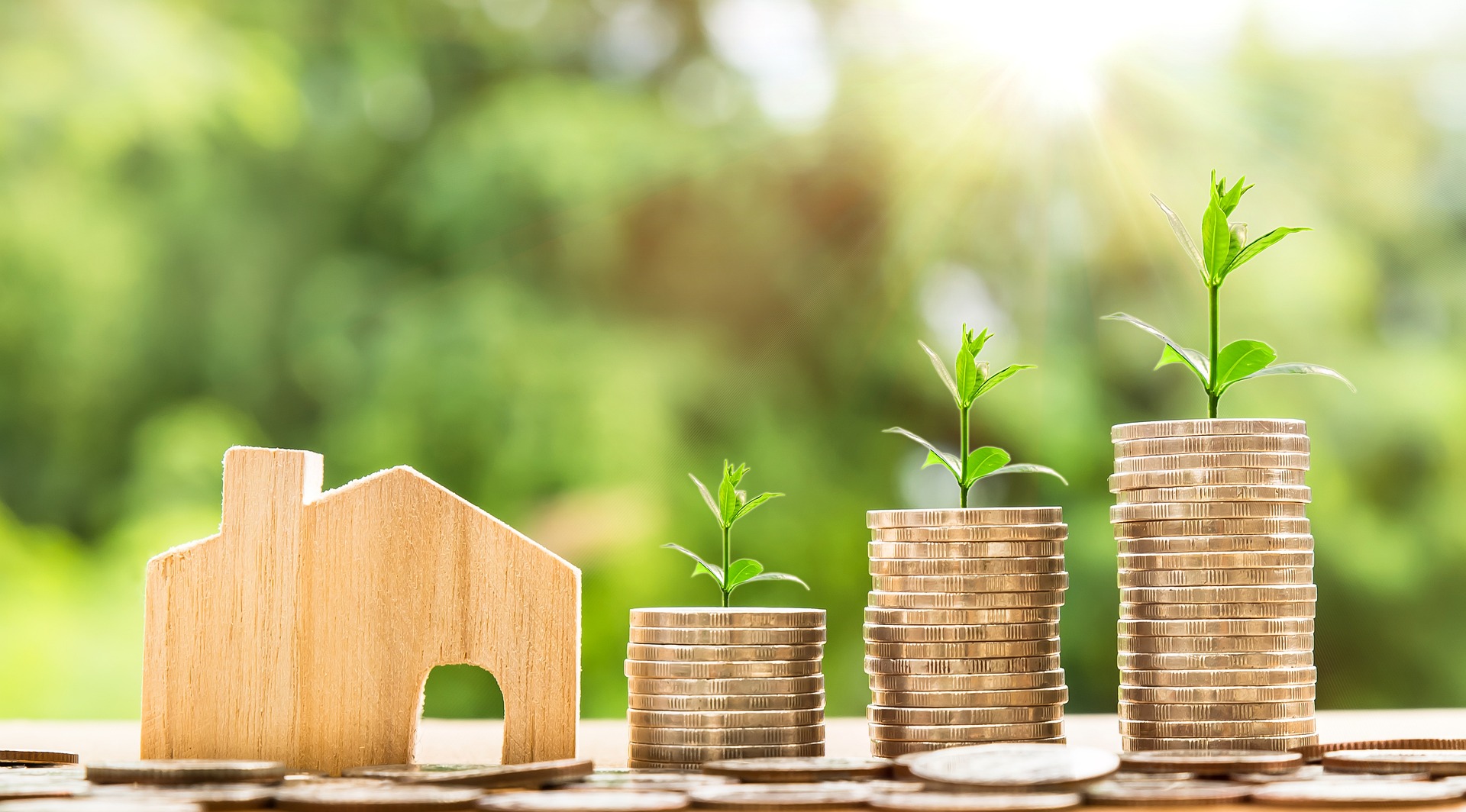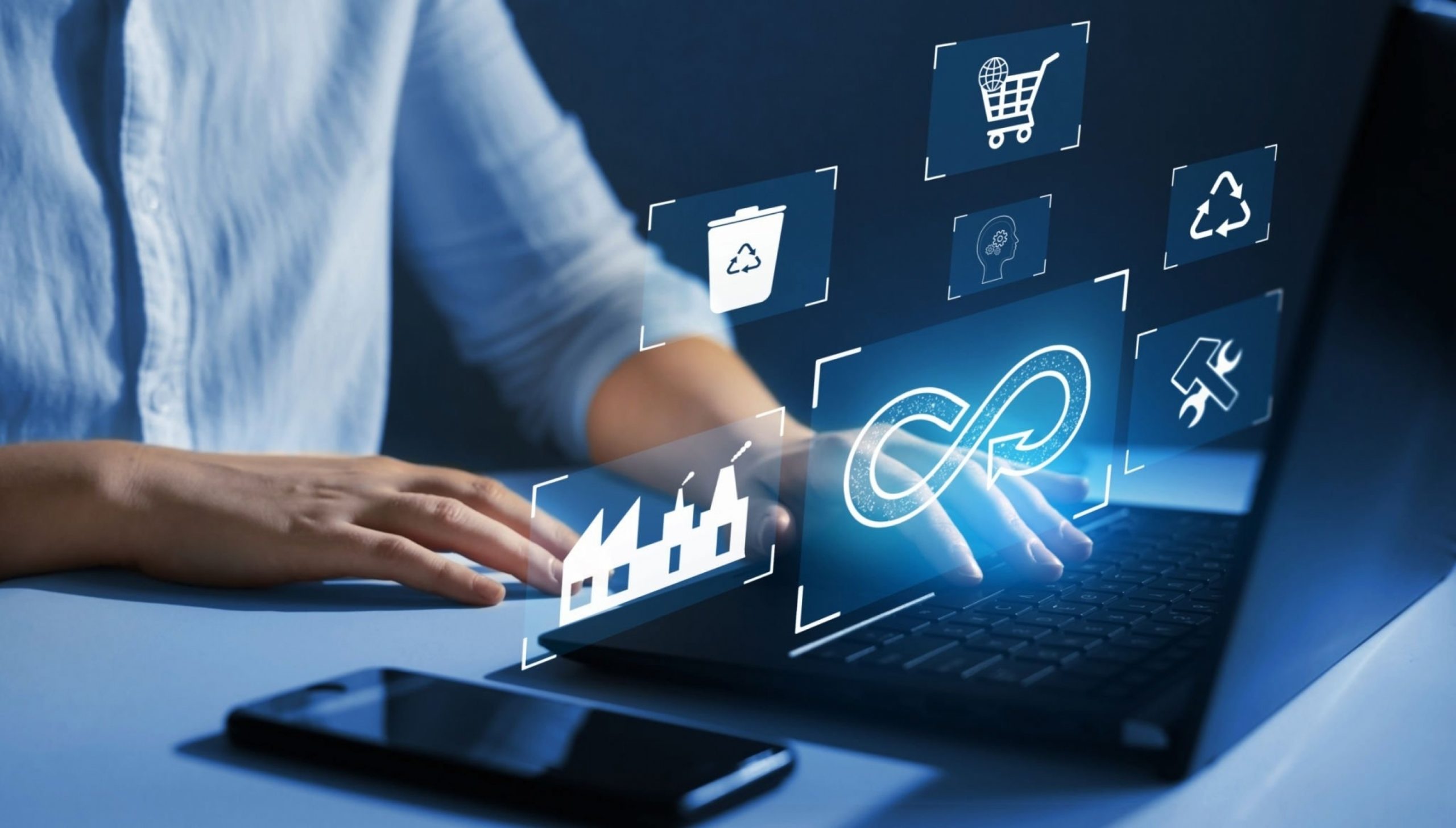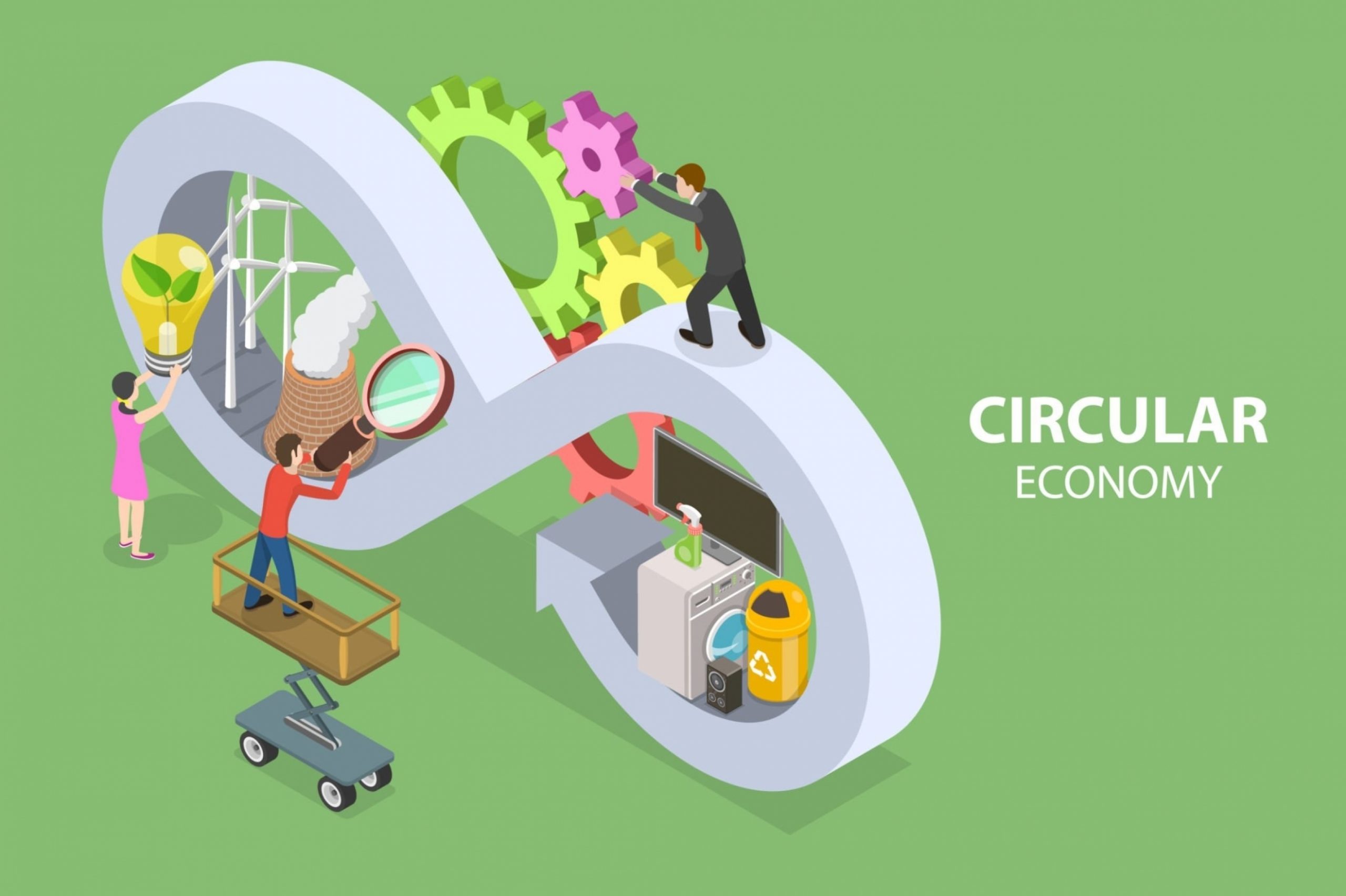What is the Circular Economy?
Sustainability is one of the main concerns in the industrial world. There are different approaches used to achieve the purpose of sustainable industry, one of which is the circular economy. The circular economy is the process of extending the life cycle of a product through sharing, leasing, repairing, recycling, reusing, and refurbishing the product and material for as long as possible, thus creating little to no waste and support net zero emission.
Circular Economy Advantages

Switching to a circular economy business model is a must for today’s businesses and industries. Below are advantages of implementing circular economy within manufacturing industry:
- Digitalising the production and manufacturing processes to support the circular economy will bring higher long-term profitability.
- Improving brand image and reputation since sustainable business practices receives more attention from customers, employees, and shareholders.
- Sustainable business practices are equivalent to energy efficiency, which leads to lower production costs.
Circular Economy Business Model

Five circular economy business model worth exploring for sustainable manufacturing industries:
Product Use Extension
Product use extension as part of the circular economy aims to prolong the life of the product. The main idea is to give consumers the option of owning a product with a longer useful life. A longer period of use will result in less waste filling the landfill.
Circular Input
The circular economy will not be complete without a circular input model. It refers to the idea of using excess or recycled material as the production input. The production process uses recycled and renewable inputs to lessen the amount of waste and pollution. One of solution to support circular input is circular supply chain. Manufacturers can expect to lower their production costs by using this model; since they do not have to scour for scarce resources, and instead focus on utilizing what is already there. Renewable input in this model could come from renewable energy sources – such as solar energy, geothermal energy, and wind energy. While recycled input comes from recycled materials such as tires that can be recycled into rubber floors and car carpets.
Product-as-a-Service
A product as a service focuses more on the customer experience than the ownership of a product. The customer purchases a service for a certain amount of time, enjoying the entire benefit of the product while the provider maintains ownership.The product-as-a-service business model in the circular economy focuses more on performance than volume, which maximizes product life. The most common examples of this approach are the sharing, leasing, and subscription models.
Sharing Platforms
A sharing platform or sharing economy is a business model in the circular economy that encourages industries to share and collaborate by using an asset together. An idle and expensive asset is used across the community, which will provide affordable and more accessible products and services to the customer.The sharing concept includes sharing heavy industrial machines such as forklifts, conveyor belts, and machines. The main purpose is to increase the utility of an asset, thus reducing the waste that ends up in landfills and, at the same time, lowering the production cost because the manufacturers won’t have to buy the equipment in the first place.
Resource Efficiency and Recovery
Resource efficiency is a circular economy business model that focuses more on reducing or minimizing the use of non-renewable resources in the business plan. The resource recovery team is working on the recovery of high-quality materials and energy from the product at the end of its usage cycle. A no longer-functioning product will be stripped and recycled to maintain the highest possible quality. This is the main intention of the circular economy: to keep the material in a closed loop cycle for as long as possible while trying to maintain its quality.
Subang Smartpolitan by Suryacipta is an integrated industrial township development in Indonesia. Subang Smartpolitan is designed with smart and sustainable concept that integrates business, connectivity, community, and innovation in one township. Subang Smartpolitan infrastructure uses the internet of things to support manufacturing industry activities and meet the needs of technology efficiency as well as sustainable development.

